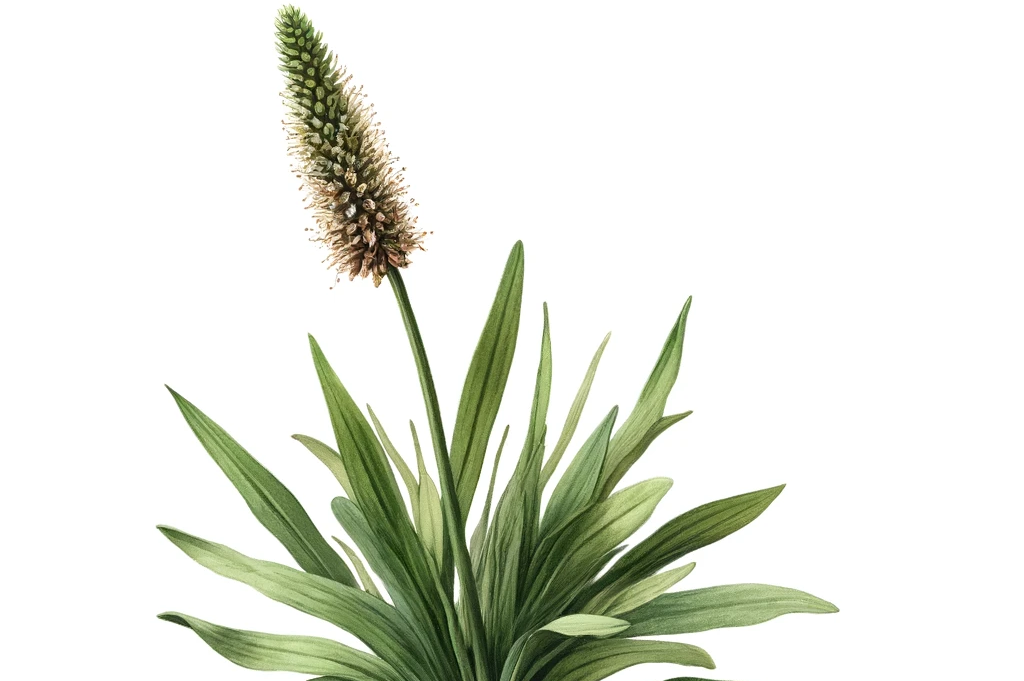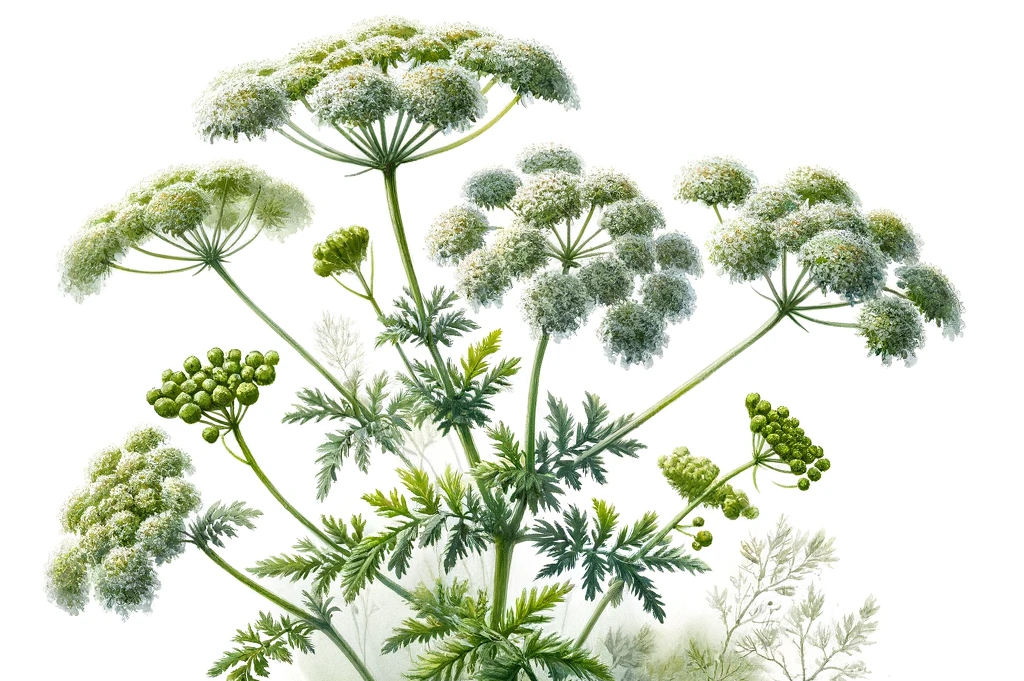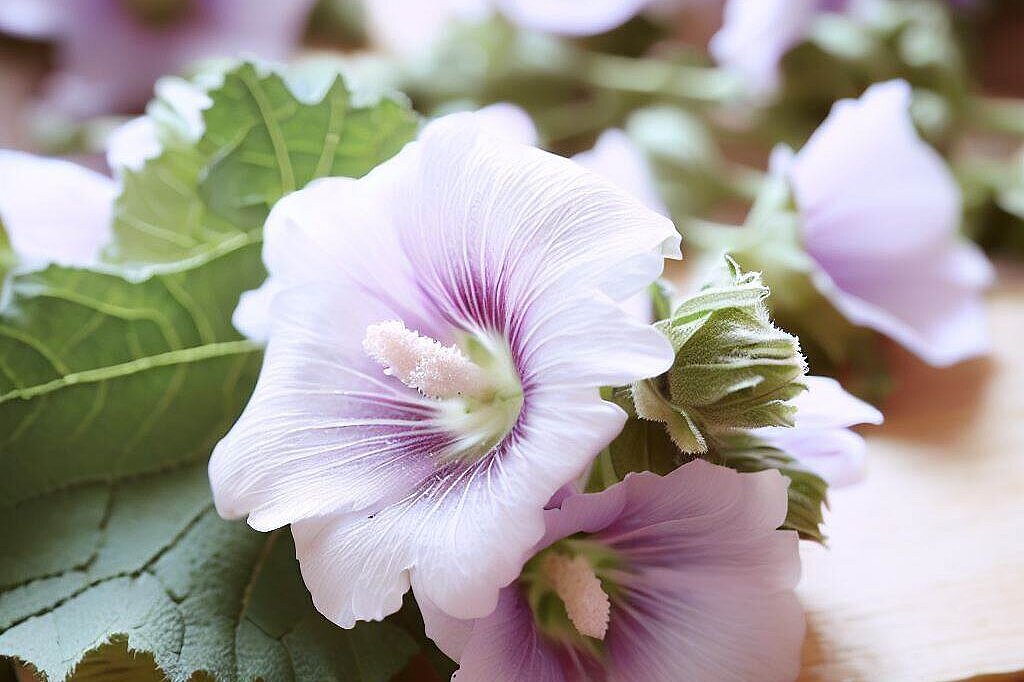Coltsfoot

How does coltsfoot work?
Coltsfoot contains various ingredients that have an anti-inflammatory, expectorant, soothing and antispasmodic effect. The flowers and leaves are dried and used as a tea, syrup, tincture or poultice. Coltsfoot is said to be particularly helpful for coughs, pneumonia, asthma, bronchitis and other respiratory diseases. Coltsfoot can also promote the healing of skin problems such as wounds, eczema or burns.
How can coltsfoot be used in dogs?
Coltsfoot can help dogs with respiratory and skin problems in a similar way to humans. For example, you can give them a tea made from coltsfoot flowers or leaves in their drinking water or dab it on the affected areas. A syrup made from coltsfoot flowers and honey can also relieve coughs and hoarseness. A tincture of coltsfoot leaves and alcohol helps with cramps and pain.
What are the risks of coltsfoot?
Coltsfoot is not entirely harmless, as it also contains pyrrolizidine alkaloids (PA), which can be liver-damaging and carcinogenic in high doses. For this reason, coltsfoot should only be used in small quantities and not over a long period of time. Care should also be taken to only collect or buy coltsfoot from unpolluted areas, as the plant easily absorbs harmful substances from the soil. Pregnant women and nursing bitches should not be given coltsfoot, as PAs can pass into the mother's milk.
Coltsfoot is an old medicinal plant that can help with various ailments in dogs. Coltsfoot is therefore not a miracle cure, but a natural remedy with advantages and disadvantages.
If you notice any signs of hypersensitivity or poisoning in your dog, you should see your vet immediately. We are not a substitute for a vet, but we try to be as accurate as possible. Every dog reacts differently and we recommend you get a second opinion or consult your vet if in doubt.
Stay healthy and take good care of your four-legged friend!😊
Similar to Coltsfoot
Ribwort plantain (Plantago lanceolata) belongs to the plantain family and is native to Europe, Asia and North Africa. It grows mainly on nutrient-rich soils and is very adaptable. Ribwort plantain...
Yarrow (Achillea millefolium) is a perennial plant from the Asteraceae family. It has finely pinnate leaves and white or pink flowers that are arranged in flat umbels. The plant grows to a height of...
Marshmallow is a perennial plant from the mallow family that can grow up to 1.5 meters high. It has hairy leaves and pinkish-white flowers. The roots and leaves contain many mucilage substances that...
Chamomile is a plant from the composite family that is mainly found in Europe, Asia and Africa. It has white flowers with a yellow center that exude a pleasant fragrance. The flowers are dried and...



